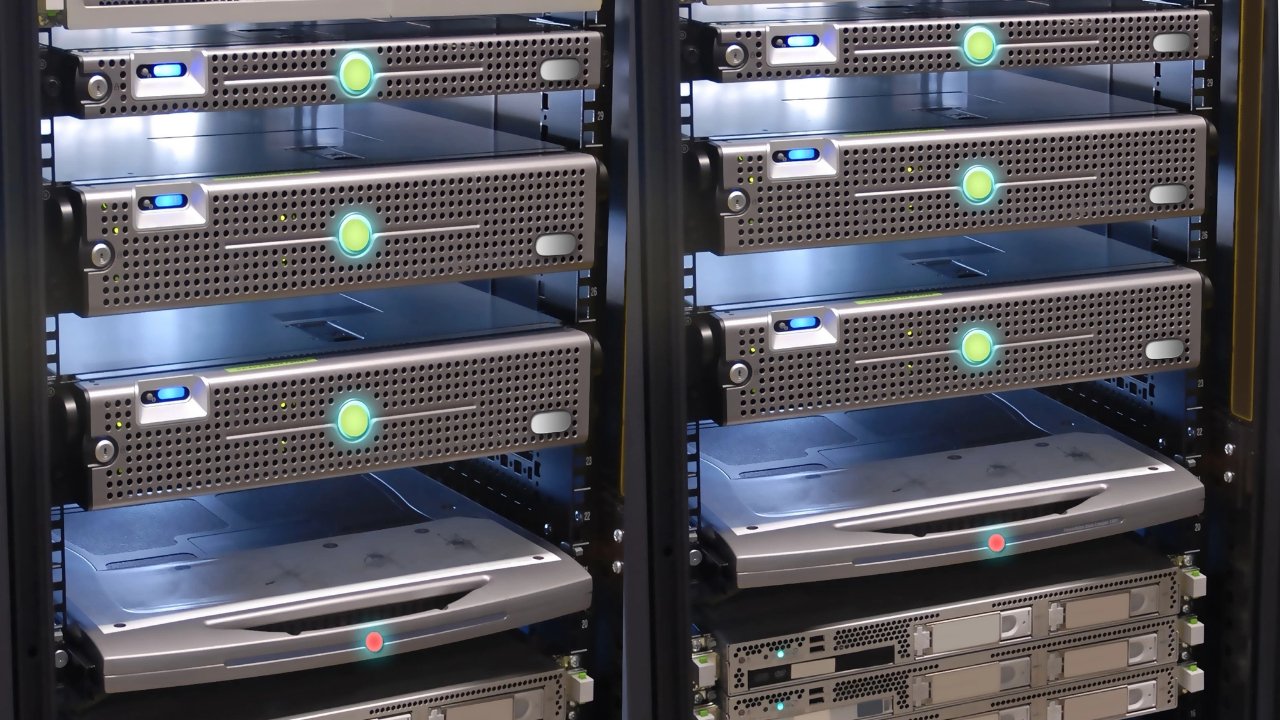In today’s hyper-connected business landscape, network downtime is not an option. Enterprises rely on seamless connectivity to support critical operations, from cloud applications to real-time communications. A single point of failure in Customer Premises Equipment (CPE) can lead to costly disruptions, impacting productivity, customer trust, and revenue.
This is where redundant CPE designs come into play—a strategic approach to ensuring enterprise high availability by eliminating single points of failure. In this article, we’ll explore the best practices, architectures, and technologies that keep enterprise networks resilient, even in the face of hardware or link failures.
Why Redundancy in CPE is Non-Negotiable for Enterprises
Before diving into technical solutions, let’s understand why redundancy is critical:
- Minimizing Downtime: Network outages can cost enterprises thousands (or millions) per minute. Redundant CPE ensures continuity.
- Meeting SLAs: Many businesses operate under strict Service Level Agreements (SLAs) that mandate 99.99% uptime or higher.
- Disaster Recovery: Natural disasters, hardware failures, or cyberattacks can cripple networks without backup systems.
- Customer Trust: Uninterrupted service builds reliability, enhancing brand reputation.
With these stakes in mind, let’s explore how enterprises can implement fault-tolerant CPE designs.
Key Components of Redundant CPE Architectures
1. Dual CPE Appliances (Active-Active or Active-Standby)
The most basic yet effective redundancy strategy involves deploying two CPE devices in either:
- Active-Active Mode: Both devices handle traffic simultaneously, distributing load and providing instant failover.
- Active-Standby Mode: One device operates while the other remains on standby, ready to take over if the primary fails.
Best for: Enterprises with mission-critical applications requiring zero downtime.
2. Diverse Network Paths (Multi-Homing)
Relying on a single ISP is risky. Multi-homing ensures redundancy by:
- Dual WAN Connections: Using two different ISPs to eliminate single-carrier dependency.
- SD-WAN Integration: Intelligently routing traffic across available links based on performance and reliability.
Best for: Businesses needing uninterrupted internet and cloud access.
3. Power Redundancy (UPS & Backup Generators)
CPE redundancy isn’t just about network links—power failures can be just as disruptive. Solutions include:
- Uninterruptible Power Supplies (UPS): Short-term battery backups during outages.
- On-Site Generators: Long-term power backup for extended disruptions.
Best for: Data centers, hospitals, and financial institutions.
4. Virtualized CPE (vCPE) for Flexibility
Virtualizing CPE functions (firewall, routing, VPN) on cloud or edge servers allows:
- Instant Failover: If hardware fails, services shift to another node.
- Scalability: Easily adjust resources based on demand.
Best for: Enterprises adopting SD-WAN or NFV (Network Functions Virtualization).
5. BGP Routing for Automatic Failover
For enterprises with multiple ISPs, Border Gateway Protocol (BGP) ensures:
- Dynamic Rerouting: If one ISP fails, traffic automatically shifts to another.
- Geographic Redundancy: Connecting to different PoPs (Points of Presence) for regional resilience.
Best for: Global enterprises with distributed operations.
Real-World Redundant CPE Deployment Scenarios
Case 1: Financial Institution with Zero Tolerance for Downtime
A global bank deployed:
- Dual CPE routers (Active-Active)
- Two Tier-1 ISPs with BGP failover
- On-site generators + UPS
Result: Achieved 99.999% uptime, meeting strict compliance requirements.
Case 2: E-Commerce Giant Handling Peak Traffic
An online retailer used:
- SD-WAN with multiple broadband + LTE failover
- Virtualized CPE for elastic scaling
Result: Survived Black Friday traffic spikes without outages.
Common Pitfalls to Avoid in Redundant CPE Designs
- Single Chassis with Dual Processors ≠ True Redundancy
- A single device with redundant parts can still fail due to firmware bugs or physical damage.
- Ignoring Human Error in Configurations
- Misconfigured failover mechanisms can cause false switches or delays.
- Overlooking Last-Mile Redundancy
- Even with dual ISPs, if both use the same local loop, a fiber cut can take both down.
- Assuming Cloud Services Eliminate CPE Redundancy Needs
- Cloud apps still depend on local CPE for secure, reliable access.
Future-Proofing Your Redundant CPE Strategy
As networks evolve, so should redundancy strategies. Emerging trends include:
- AI-Driven Predictive Failover: Machine learning predicts failures before they occur.
- 5G as a Backup Link: Wireless failover for remote sites.
- Zero Trust with Redundant Security Gateways: Ensuring security doesn’t become a single point of failure.
Conclusion: Building an Unbreakable Enterprise Network
Redundant CPE designs are no longer a luxury—they’re a necessity for enterprises that demand high availability. By implementing dual appliances, multi-homed connections, power backups, and intelligent routing, businesses can ensure seamless operations even during disruptions.
The key is to assess risk tolerance, budget, and technical requirements before choosing the right redundancy model. Whether you’re a financial institution, healthcare provider, or e-commerce giant, a well-architected CPE redundancy strategy will keep your business running—no matter what.
